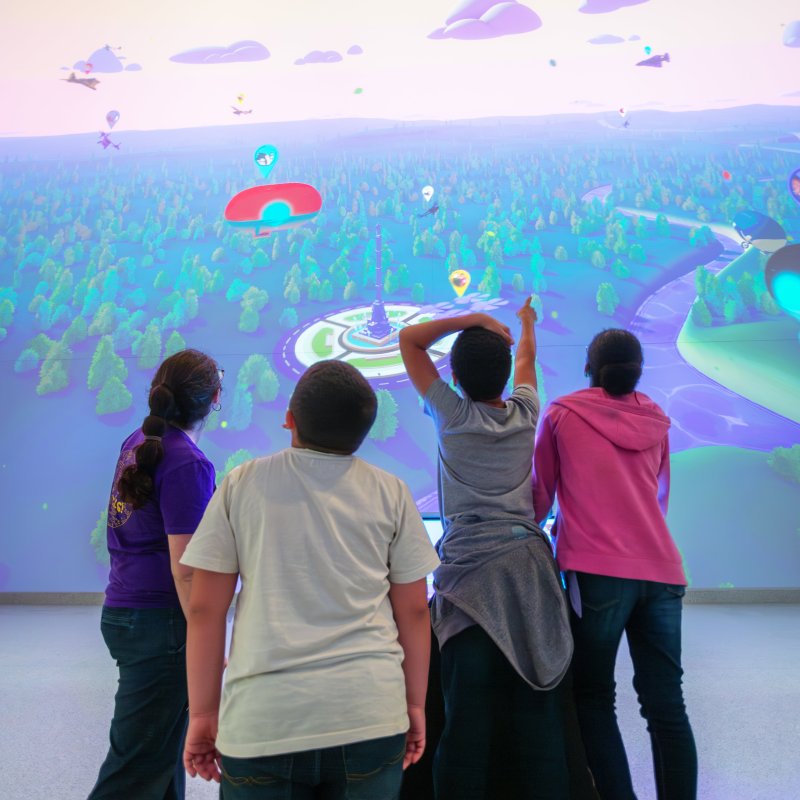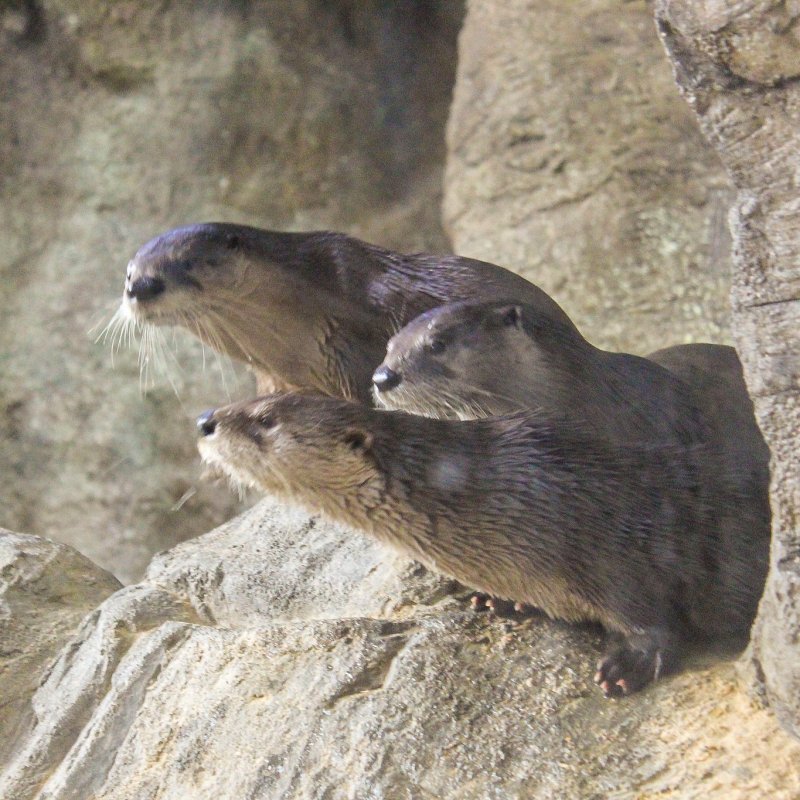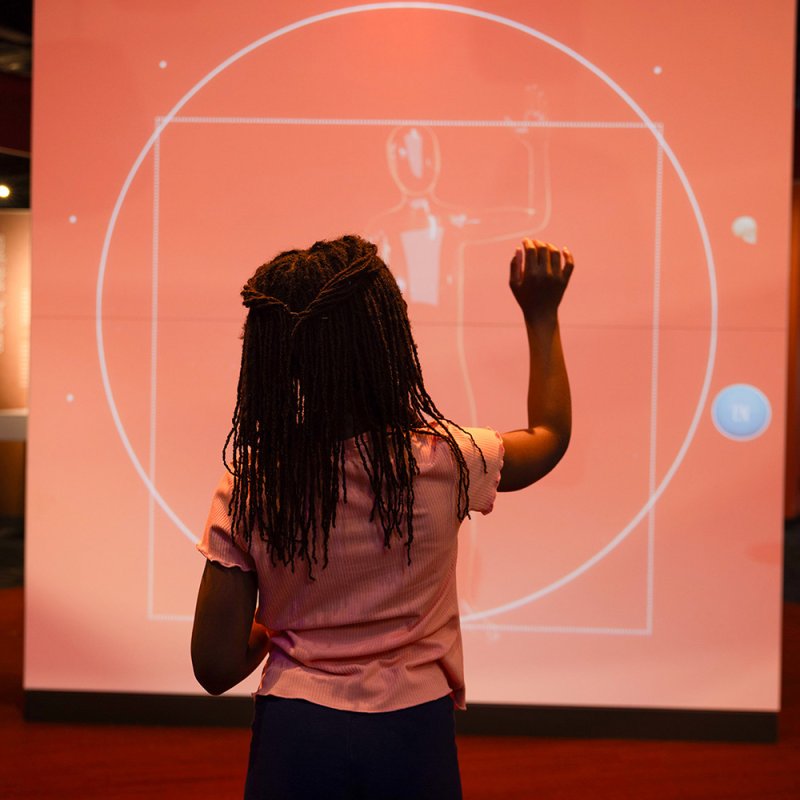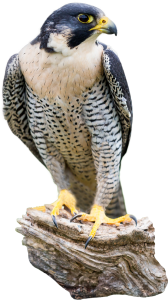
Thank you for visiting us in the Lehigh River Watershed gallery of exhibits at the Da Vinci Science Center, we hope you had a blast learning about nature in our region and what you can do to help conserve it.
Since you voted for one of the actions below to help protect local bird species, here is some more information on how to take action to help their populations!
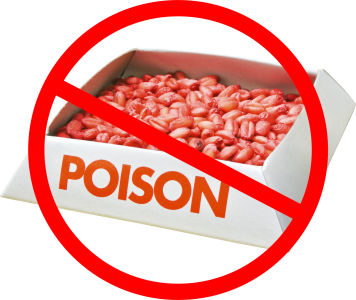
I will not use rat or mouse poison to control pests.
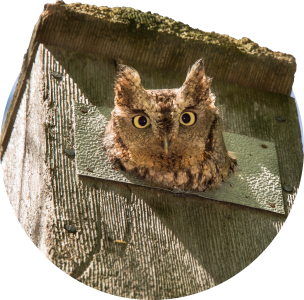
Pesty rodents that get into our houses are often also food for birds of prey and other animals. When we use rodenticides (rat and mouse poison) this initially weakens the rodent, making them an easy meal for a hawk, owl, fox, or many other animals. After eating a poisoned rodent, the predator becomes poisoned as well. Using snap traps or live trapping and relocating rodents are both methods of pest control that are less harmful to the environment. Making your property more inviting to birds of prey is the best option. Easy actions like putting up an Eastern Screech Owl nest box, or letting the edges of your yard get a little overgrown and messy can help attract animals like birds of prey that will do the pest control work for you, and you will help these animals thrive! Check out NestWatch for information on nest boxes.
I will protect my windows from bird strikes.
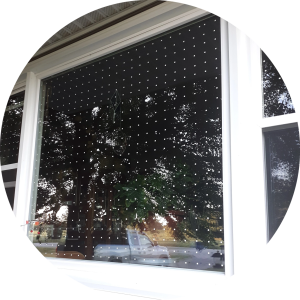
Collisions with windows are one of greatest causes of death for wild birds. Birds see the reflection of habitat or sky, or they see house plants or other inviting things inside and do not perceive the glass. Sadly, millions of birds perish this way every year. Even when stunned birds seem to recover after hitting a window, they often have internal injuries and do not survive long. Thankfully, there are very simple, affordable solutions to this problem. Any visual obstruction that covers every 4 inches of vertical window surface, on the outside of the window, will be recognizable to birds and prevent collisions. Read more on bird friendly window solutions, and check out local research being done on this topic.
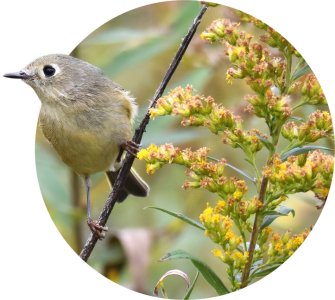
I will plant native plants in my yard which will feed birds and lots of other native wildlife.
Did you know that most of the typical plants that we plant in our yards and that are sold at stores are not from our region? Our local wildlife is less likely to use ornamental plants from other parts of the world (like Burning Bush, Forsythia, Marigolds, and many more) for food or shelter. By planting species that are native to our region you are creating food and shelter for birds and the species that they eat, plus many more species of native wildlife. You are also making your property a more natural part of the ecosystem. When shopping for plants, look for native plant nurseries or try to select only plants that are native to your region. The PA Department of Conservation & Natural Resources for finding native plants near you.
I will build a nest box for birds in my yard or local greenspace.
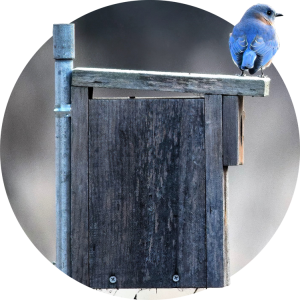
Many local bird species like Eastern Bluebirds, Chickadees, Eastern Screech Owls, and more are referred to as cavity nesters. This means that they lay their eggs inside of holes in trees. But unlike woodpeckers, these species cannot excavate their own cavities, meaning they must get lucky and find a tree with an existing cavity that is just right. Typically, cavities are found in dead or dying trees, and since humans cut down and remove most dead trees near their houses and roads, cavities can be hard to find. This causes the decline of these species
You can help conserve cavity nesting bird populations by putting up a nestbox (bird house) that is built to the proper specifications. Before buying or building one, check out a resource like NestWatch to make sure that it is properly built to be a safe and productive nesting area for the bird species that you would like to attract. You should clean out your box every winter. Become a citizen scientist and monitor the nest box, reporting any nesting activity to NestWatch to help scientists study these birds!
These are just a few of the ways that we can take action to help this and many other animal species.

